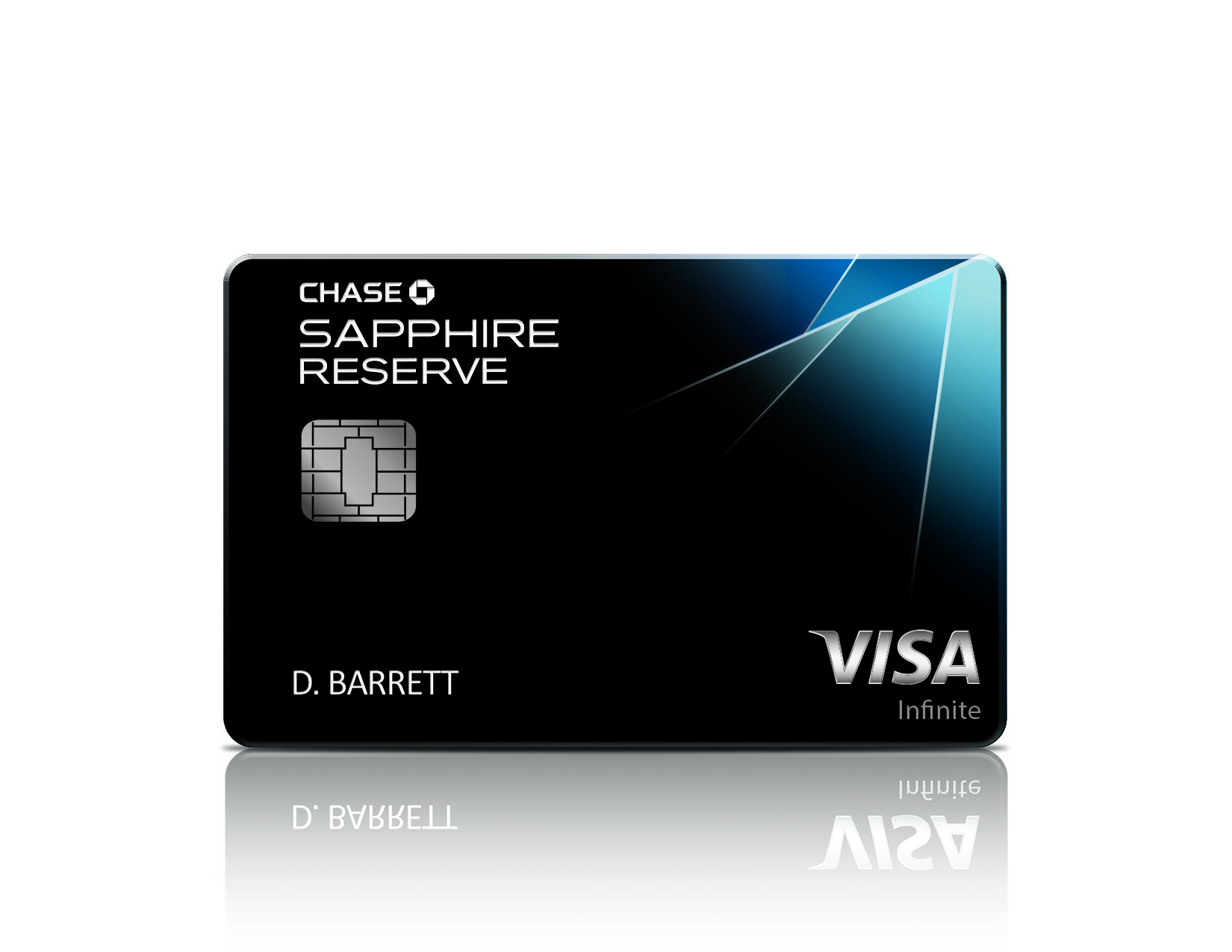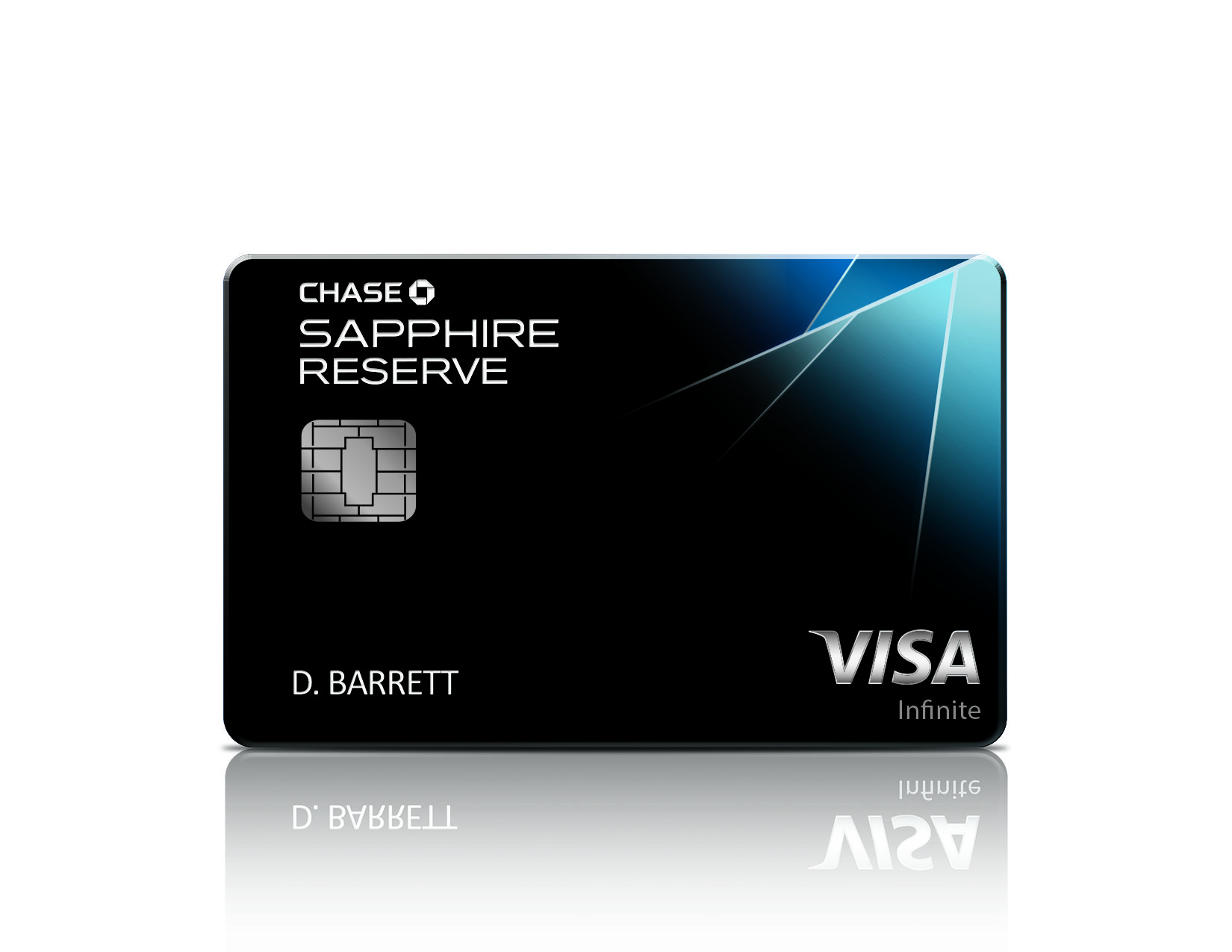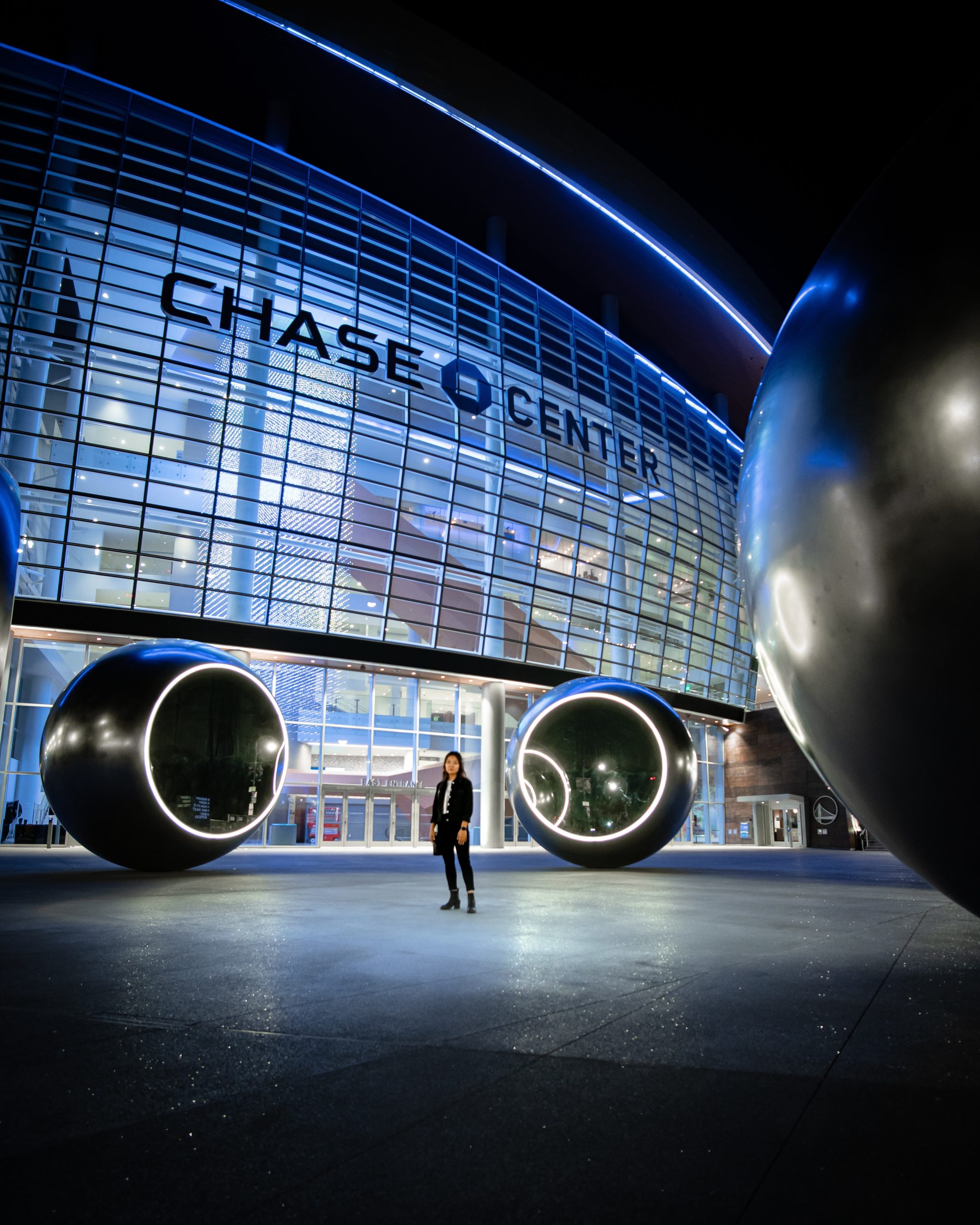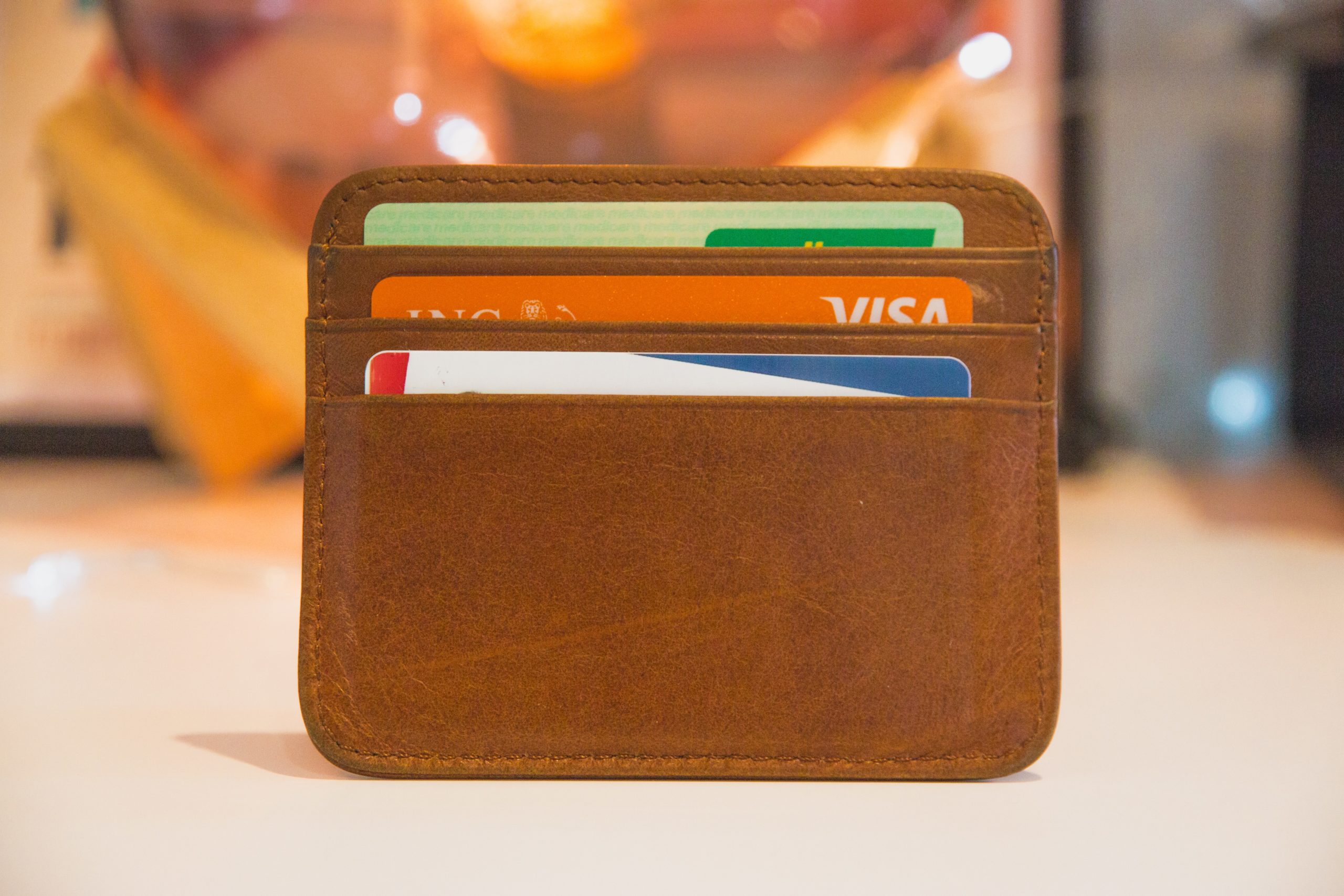Last week, I wrote about which cards are in my wallet and why they are there. I mentioned that I upgraded my Chase Sapphire Preferred to the Chase Sapphire Reserve on the same day I published the post. This was a decision that I thought hard about for a few months. But I decided to pull the trigger after running the numbers from my first year with the Sapphire Preferred.
Increased Earning
This was the most compelling argument for me to upgrade. I increased my earning potential on Dining and Travel by 50%! That’s represented by a jump from 2x to 3x points per dollar on those categories.
Break-Even Analysis for Pure Spending
The Sapphire break-even analysis is one of the most important equations in points and miles. I also mentioned it in my Card War post between the two cards. Therefore, I employed it using my own valuation and compared the final break-even amount to my actual Year 1 spend.
The break-even point between the two cards is $3,055.55 at a valuation of 1.8 CPP (cents per point). This means that the Sapphire Reserve is the better card if I spend at least $3,055.55 per year in travel and dining.
The math is as follows:
CSP = CSR
2x – 95 = 3x – (450 – 300 = 150)
2x + 55 = 3x
55 = x
55 / $0.018 = $3,055.55
This break-even analysis assumes that I will use the entire $300 travel credit for the Reserve. It also assumes that UR points are worth 1.8 CPP. This is my own valuation; your mileage may vary. If you feel that 1.8 CPP is not the right valuation, you can recalculate the last line with your own valuation. All you have to do is replace with $0.018 with your valuation and solve.
New / Improved Benefits
The Chase Sapphire Reserve is a great card for earning, especially when paired with other Chase cards. But its also a nice card for benefits. While earning had the most influence over my decision, the Reserve’s benefits and increased travel insurances played a secondary role.
My American Express Business Platinum Card is my richest in terms of perks. That’s what its intended to be used for. However, the Reserve comes with travel insurances that the Platinum card doesn’t. I will mention the Global Entry / Pre-TSA Credit and Priority Pass lounge access here because they are common perks between both cards.
$300 General Travel Credit
I will now receive $300 in statement credits for general travel purchases. The travel credit is not restricted to just airfare, hotels, or incidentals. All purchases that are normally under Chase’s “Travel” bonus category are eligible.
This one perk (aside from earning potential) is how I will justify the Reserve’s $450 annual fee. Therefore, the card’s “net annual fee” is $150. I don’t mind paying that given that I earn more than that in points between my entire Chase Quartet.
SBE Luxury Hotel Perks
I now have access to SBE’s luxury hotel perks:
- Fourth night free (only applies to if four consecutive nights are booked)
- $30 hotel credit per room (eligible towards food and beverage)
- Complimentary hotel room upgrades (when available)
- Complimentary Wi-Fi
- Daily continental breakfast for two people
- Late check out (when available)
All I have to do is book a room using SBE’s reservation page. This benefit is comparable to Amex’s Fine Hotels & Resorts, but its limited to participating properties. Fortunately, I have access to both programs if needed.
Primary Car Rental Insurance
This benefit covers the entire loss, damage, or theft of any car rental. Thanks to this benefit, I don’t have to accept the car rental company’s insurance policy when I use my Sapphire Reserve. The Reserve’s version of this benefit covers more cars as well.
Trip Cancellation / Trip Interruption Insurance
This benefit gives me up to $10,000 per trip for non-refundable expenses if I need to cancel a trip because of an unexpected event. Plane tickets, hotel rooms, and tours are included.
Trip Delay Insurance
This benefit covers me up to $500 per ticket if my plane, train, or other common carrier is delayed at least 6 hours. It also kicks in if I need to stay at a hotel overnight as a result of a delay. The $500 helps cover unreimbursed expenses such as meals and lodging.
This insurance also comes with the Sapphire Preferred. But it kicks in after a 12-hour delay. Therefore, the Reserve’s version is more powerful than that of the Preferred.
Baggage Delay Insurance
This benefit gives me $100 per day up to 5 days if your luggage is lost or delayed. I can redeem for toiletries, clothing, and other essentials if my luggage is delayed for more than 6 hours.
No Foreign Exchange Fees
Like with the Sapphire Preferred, I will still save 3% on all purchases made outside of the United States.
The Upgrade Process
All I had to do was call the Sapphire customer service number on the back of my card. Chase’s Sapphire customer service is better than their normal customer service. Of course, this special line is reserved for Sapphire Preferred and Reserve cardholders, hence its name. One of my favorite parts of the Sapphire customer service is that you don’t have to wait for a representative. Plus, every rep that I dealt with in the past has been amazing.
As with past calls, I didn’t have to wait for a rep. I got a rep about 45 seconds into the call. After she introduced herself, she asked me to confirm my information, which I did. She then asked me why I was calling. I said that I wanted to upgrade my Sapphire Preferred to the Reserve. She read me some mandatory terms and conditions and asked me if I was aware of the Reserve’s annual fee, earning, and perks. After I agreed to everything, I was instantly upgraded.
Some people might have trouble upgrading because the Chase Sapphire Reserve is a Visa Infinite card. This subset of Visa cards has minimum credit limits of $10,000. The minimum limit for the Sapphire Preferred, a Visa Signature, is $5,000. People with less than $10,000 in total limits from Chase will have to ask for a credit limit increase, which requires a hard pull. This can be discouraging for some, especially those who are new to points and miles or credit in general.
Points of Indifference
Points redemption via the Chase portal is a huge draw for some travelers. But I would rather redeem points via transfer partners. The former option makes Ultimate Rewards points worth 1.5 CPP (instead of 1.25 CPP with the Sapphire Preferred). However, I have gotten more than that with partners in the past. Nothing has changed with redemptions from having the Sapphire Preferred.
Priority Pass lounge access and the Pre-TSA / Global Entry credit are also perks with my Business Platinum Card. Therefore, I will receive no further value from having them twice.
Final Draw
I had my Chase Sapphire Preferred for 15 months before deciding to upgrade it. The decision was well worth it as my spending was high enough to support the Reserve’s annual fee. Plus, the Chase Sapphire Reserve has benefits like the $300 general travel credit and enhanced travel insurances that might come in handy in the future.












I’d value the points at 1.5 cpp for this analysis, because, honestly, it’s an easy number to justify with the Reserve. That increases the spend total/year to $3666.67, which is only $305.56/month in travel/dining spend. I’d think (almost) anyone who qualifies for the Reserve would spend this. (Although, Chase doesn’t include gas with travel, but they do include public transit and ridesharing.) I agree with your analysis overall. The Sapphire Preferred has the better sign up bonus, at this time (plus no annual fee the first year). After the first year, it makes sense to upgrade. The CSR is arguably the best card on the market, but if not THE best, certainly Top 3-5.
Hi Jeremy,
Thanks for reading PYCR and also calculating the break-even for 1.5 CPP. Your valuation is important because many people use the Chase travel portal and wonder how much they need to spend per month or year to justify the CSR.
The CSP was one of my favorite cards and the CSR is even better since upgrading.
Anthony